NUTRITION SCIENCE AND APPLICATIONS BINDER READY VERSION 4TH EDITION – Test Bank
Package Title: Test Bank
Course Title: Smolin4e
Chapter Number: 5
Question Type: Multiple Choice
1) Over the past 40 years, the fat intake of Americans has:
a) significantly declined, resulting in less obesity.
b) declined as a proportion of total calories consumed.
c) declined as people tend to cook at home more frequently.
d) risen significantly.
Answer: b
Difficulty: Medium
Learning Objective 1: LO 5.1 Describe sources of fat in food.
Learning Objective 2: LO 5.1.2 Discuss the sources of fat in the American diet.
Section Reference: Section 5.1 Fats in Our Food
2) Which of the following is FALSE about eating a healthy diet?
a) It is essential for most people to reduce total fat consumption by 25-50%.
b) A healthy diet is low in saturated fat from meat and dairy.
c) A healthy diet is low in processed fats like shortenings.
d) Healthy diets include fats from fish, nuts and olive oil.
Answer: a
Difficulty: Medium
Learning Objective 1: LO 5.1 Describe sources of fat in food.
Learning Objective 2: LO 5.1.2 Discuss the sources of fat in the American diet.
Section Reference: Section 5.1 Fats in Our Food
3) Most fatty acids in food and in the body are bound to a molecule called:
a) cholesterol.
b) phospholipids.
c) lecithin.
d) glycerol.
Answer: d
Difficulty: Easy
Learning Objective 1: LO 5.2 Classify lipids.
Learning Objective 2: LO 5.2.2 Compare the structures and food sources of saturated, monounsaturated, polyunsaturated, omega-6, omega-3, and trans fatty acids.
Section Reference: Section 5.2 Types of Lipids
4) The end of a fatty acid chain containing a methyl group is also referred to as the __________ end.
a) omega
b) alpha
c) delta
d) acid
Answer: a
Difficulty: Medium
Learning Objective 1: LO 5.2 Classify lipids.
Learning Objective 2: LO 5.2.1 Describe the structure of a triglyceride.
Section Reference: Section 5.2 Types of Lipids
5) Fatty acids are categorized based on the carbon chain length as well as:
a) the number of sulfur-containing groups.
b) their solubility in water.
c) the types and locations of bonds between the carbons.
d) the number of acid groups in the fatty acid chain.
Answer: c
Difficulty: Medium
Learning Objective 1: LO 5.2 Classify lipids.
Learning Objective 2: LO 5.2.2 Compare the structures and food sources of saturated, monounsaturated, polyunsaturated, omega-6, omega-3, and trans fatty acids.
Section Reference: Section 5.2 Types of Lipids
6) A fatty acid with only single bonds between carbon atoms is called a(n) ________ fatty acid.
a) saturated
b) unsaturated
c) hydrophobic
d) hydrophilic
Answer: a
Difficulty: Easy
Learning Objective 1: LO 5.2 Classify lipids.
Learning Objective 2: LO 5.2.2 Compare the structures and food sources of saturated, monounsaturated, polyunsaturated, omega-6, omega-3, and trans fatty acids.
Section Reference: Section 5.2 Types of Lipids
7) Foods consisting mostly of fatty acids with only single bonds tend to be:
a) solid at room temperature.
b) soluble in water.
c) liquid at room temperature.
d) less stable than fatty acids with double bonds.
Answer: a
Difficulty: Medium
Learning Objective 1: LO 5.2 Classify lipids.
Learning Objective 2: LO 5.2.2 Compare the structures and food sources of saturated, monounsaturated, polyunsaturated, omega-6, omega-3, and trans fatty acids.
Section Reference: Section 5.2 Types of Lipids
8) An omega-6 fatty acid is an example of a(n):
a) saturated fatty acid.
b) trans fatty acid formed by hydrogenation.
c) unsaturated fatty acid.
d) a fatty acid found in tropical oils.
Answer: c
Difficulty: Medium
Learning Objective 1: LO 5.2 Classify lipids.
Learning Objective 2: LO 5.2.2 Compare the structures and food sources of saturated, monounsaturated, polyunsaturated, omega-6, omega-3, and trans fatty acids.
Section Reference: Section 5.2 Types of Lipids
9) Omega-3 and omega-6 fatty acids are examples of:
a) polyunsaturated fatty acids.
b) saturated fatty acids.
c) hydrogenated fats.
d) phospholipids.
Answer: a
Difficulty: Medium
Learning Objective 1: LO 5.2 Classify lipids.
Learning Objective 2: LO 5.5.2 Explain why enough of, and the right balance of, omega-3 and omega-6 fatty acids are needed in the diet.
Section Reference: Section 5.5 Lipid Functions in the Body
10) A(n) ___________ fatty acid has a carbon-carbon double bond with the hydrogen atoms on the same side of the double bond.
a) cis
b) trans
c) essential
d) nonessential
Answer: a
Difficulty: Hard
Learning Objective 1: LO 5.2 Classify lipids.
Learning Objective 2: LO 5.2.2 Compare the structures and food sources of saturated, monounsaturated, polyunsaturated, omega-6, omega-3, and trans fatty acids.
Section Reference: Section 5.2 Types of Lipids
11) __________ fatty acids are not synthesized by the body.
a) Nonessential
b) Saturated
c) Short chain
d) Essential
Answer: d
Difficulty: Easy
Learning Objective 1: LO 5.5 Discuss lipid functions in the body.
Learning Objective 2: LO 5.5.2 Explain why enough of, and the right balance of, omega-3 and omega-6 fatty acids are needed in the diet.
Section Reference: Section 5.5 Lipid Functions in the Body
12) Essential fatty acids can be used by the body to synthesize:
a) eicosanoids.
b) cholesterol.
c) vitamin D.
d) phosphoglycerides.
Answer: a
Difficulty: Medium
Learning Objective 1: LO 5.5 Discuss lipid functions in the body.
Learning Objective 2: LO 5.5.2 Explain why enough of, and the right balance of, omega-3 and omega-6 fatty acids are needed in the diet.
Section Reference: Section 5.5 Lipid Functions in the Body


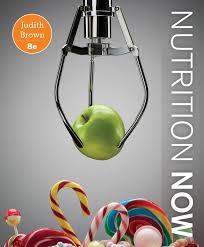
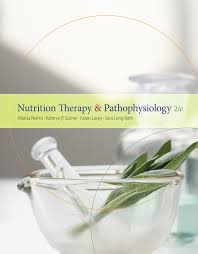



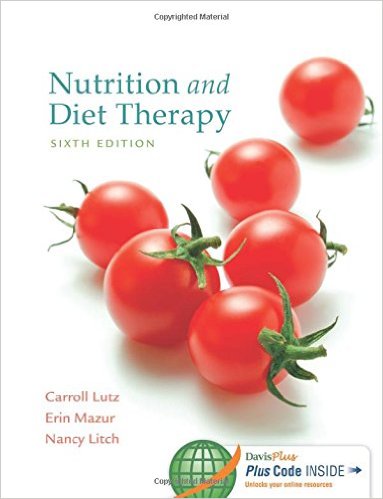

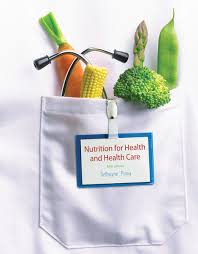
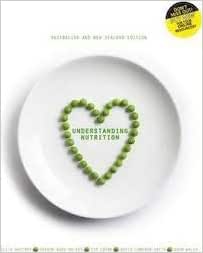
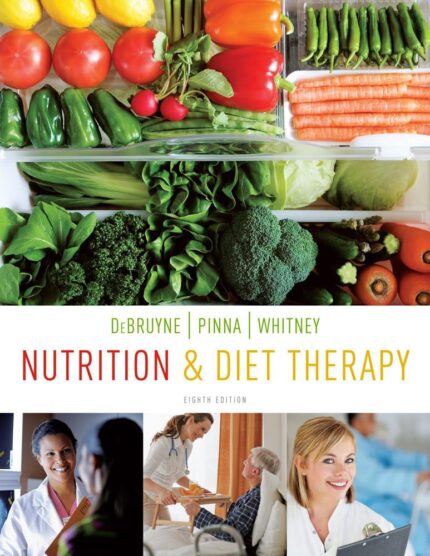
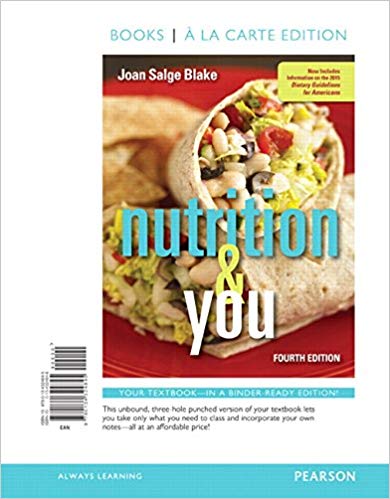

Reviews
There are no reviews yet.